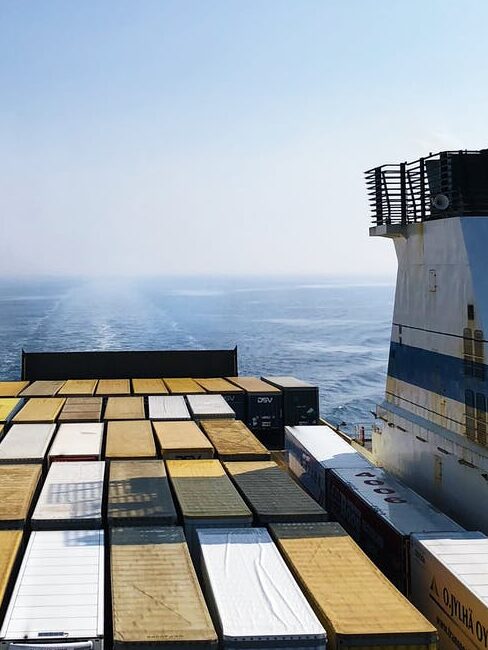Prerequisites
To get multiple nodes, I am using both a VM on my host and Docker on my Synology. To that end, these instructions will be based off of what I am using.
I’ll cover the steps from once you have Synology up and running as well as a Linux VM running Ubuntu. For sizing the VM, I couldn’t find much guidance so went with 4 cores on 1 CPU, 2 GB RAM and 10 GB HDD. I only have a two-bay NAS but did upgrade the RAM to 6 GB.
Synology Steps
I used the excellent steps on Synology: 30 Second Portainer Install Using Task Scheduler & Docker – Marius Hosting. The thing to remember in his steps, the names and paths created in the middle are used explicitly in the scheduled task. You are using the scheduled task so you don’t have to SSH into the Synology. Think of it as entering the commands in the terminal. Obviously I edited the commands to match my setup. I like Maruis’ way as it’s simple with the flexibility of command line. Speaking of which, I needed to adjust my Synology firewall to allow the traffic on the new ports. The script Marius provided uses 8000 and 9000.
There is also a GUI interface in Synology for creating docker containers. This site has a great tutorial on that but uses PiHole as the example. In the end, I used the command line scheduled task (even for updating Portainer) as I don’t know how to use the GUI to get an equivalent to “docker.sock” volume.
Ubuntu VM Steps
First I created a new VM and installed the latest mini-Ubuntu. There is a selection in the installer for adding Docker, don’t do that. It loads Snaps and those don’t work. Then I installed Docker by following these instructions- How to install Docker on Ubuntu as they were using more of the built-in functionality of APT.
Next I installed the agent using these instructions. The guy talks a lot but the key point of using the Edge Install script provided in Portainer is correct. The link should be about 3 min in where he really gets to the details.
Now I have Two
Now I have two environments in one administration interface! For my purposes, I’m going to put more containers on the VM to keep the load over there.









